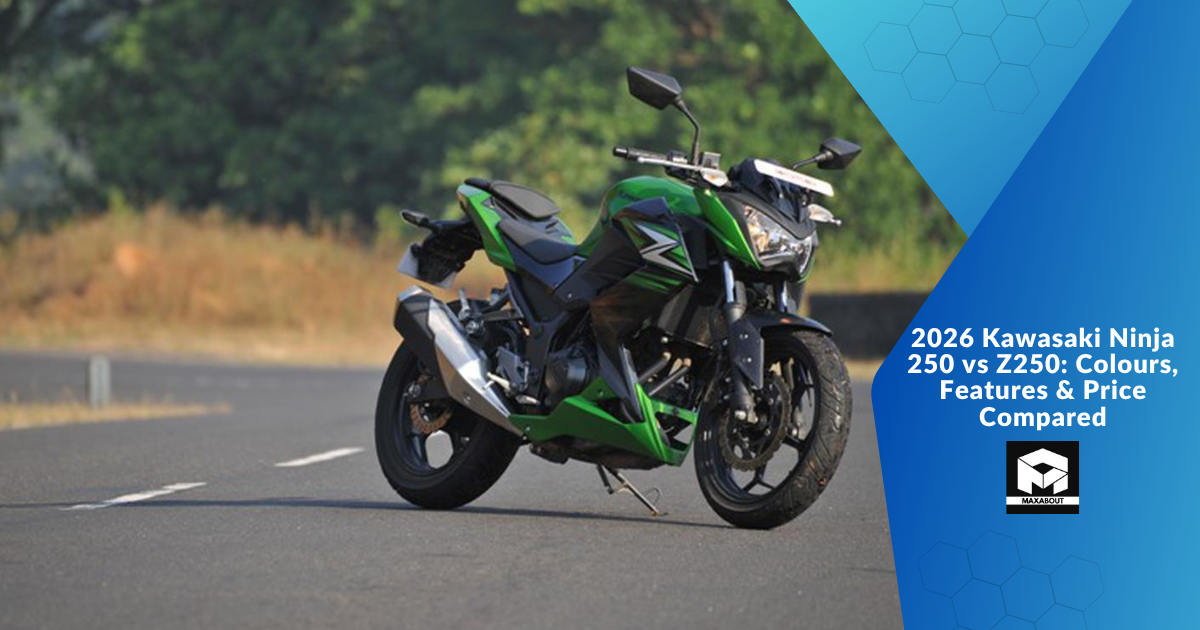Introduction
Kawasaki has just pulled the covers off their refreshed 2026 Ninja 250 and Z250 motorcycles, and I must say, they've given these popular quarter-liter machines some impressive updates. As someone who's followed Kawasaki's small-displacement offerings closely over the years, I can tell you that these refreshed models represent the brand's commitment to the entry-level performance segment.
The 2026 updates focus primarily on aesthetic enhancements and feature refinements rather than major mechanical overhauls. From what industry reports indicate, Kawasaki has maintained the reliable foundations that have made these motorcycles popular while adding modern touches that today's riders expect.
Let's dive into what makes these new models noteworthy and why they might be worth considering if you're in the market for a capable 250cc motorcycle.
New Color Options for 2026
Kawasaki has always been known for its bold color schemes, and the 2026 lineup doesn't disappoint. The Ninja 250 and Z250 both receive eye-catching new liveries that give these motorcycles a fresh appearance while honoring the brand's heritage.
Ninja 250 Color Options
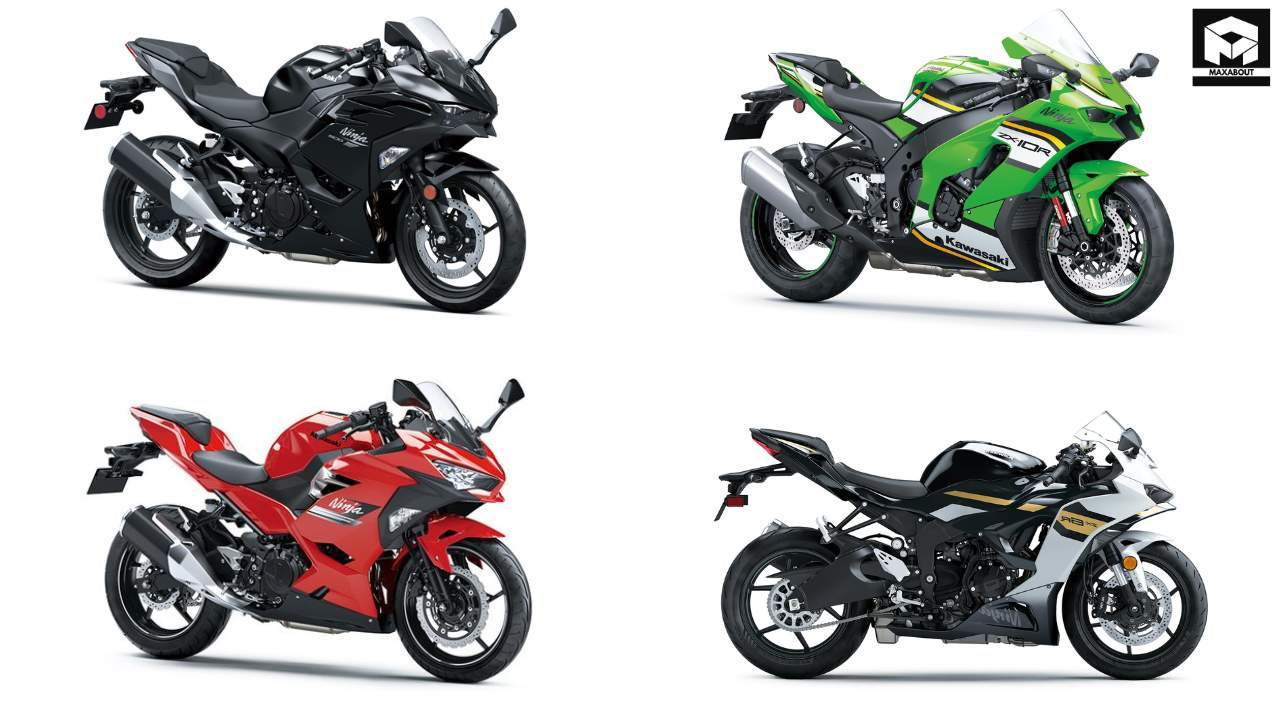
The 2026 Ninja 250 comes in several striking color schemes:
- Metallic Spark Black/Metallic Flat Spark Black - A sleek, stealthy option that enhances the Ninja's aggressive lines
- Lime Green/Ebony - Kawasaki's signature racing colors with updated graphics for 2026
- Candy Crimson Red/Metallic Flat Spark Black - A bold new addition that gives the Ninja a premium appearance
- Pearl Storm White/Metallic Spark Black - A clean, modern option that showcases the bike's sporty silhouette
The updated graphics package gives the Ninja 250 a sharper look that's more in line with its larger siblings. Based on dealer previews, the lime green version is particularly striking with its revised striping pattern that flows beautifully with the fairing design.
Z250 Color Options
The naked Z250 receives equally impressive color updates for 2026:
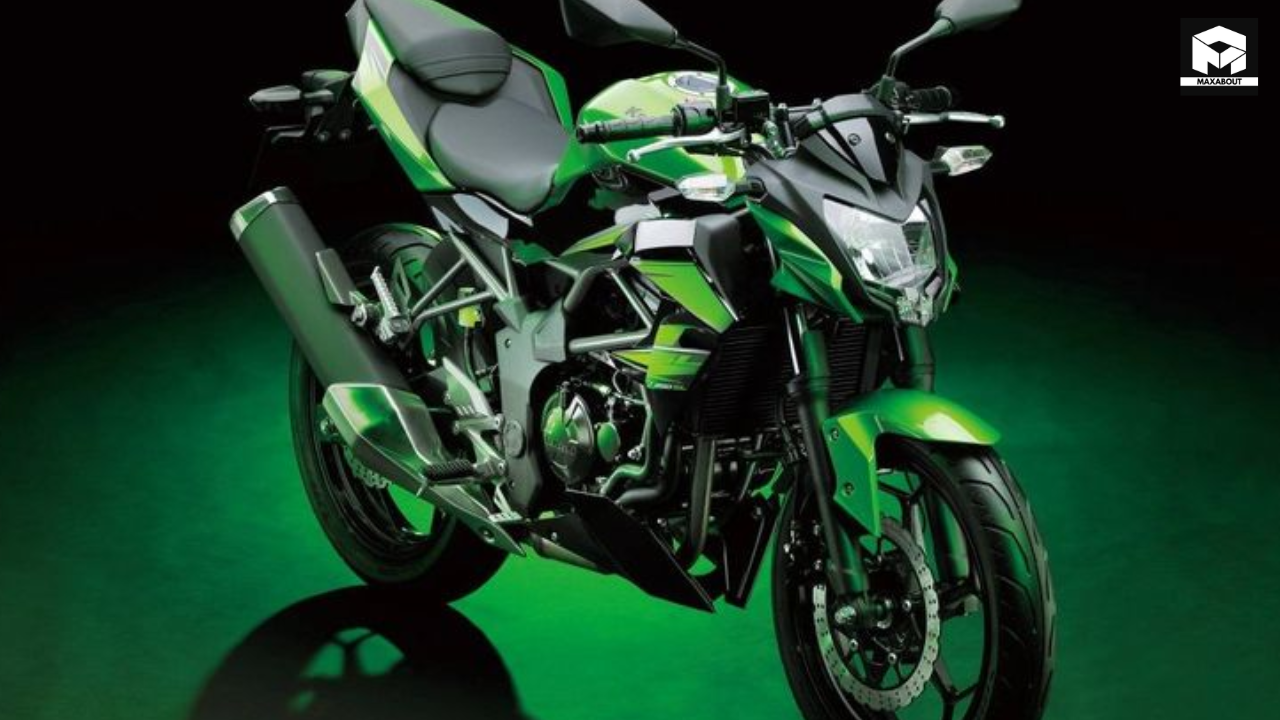
- Candy Lime Green/Metallic Spark Black - The Z-series signature color with refined graphics
- Metallic Matte Graphite Gray/Metallic Spark Black - A sophisticated urban look that's new for 2026
- Candy Plasma Blue/Metallic Spark Black - An eye-catching option that's unique to the 2026 model year
- Metallic Matte Khaki Green/Metallic Spark Black - A distinctive military-inspired finish
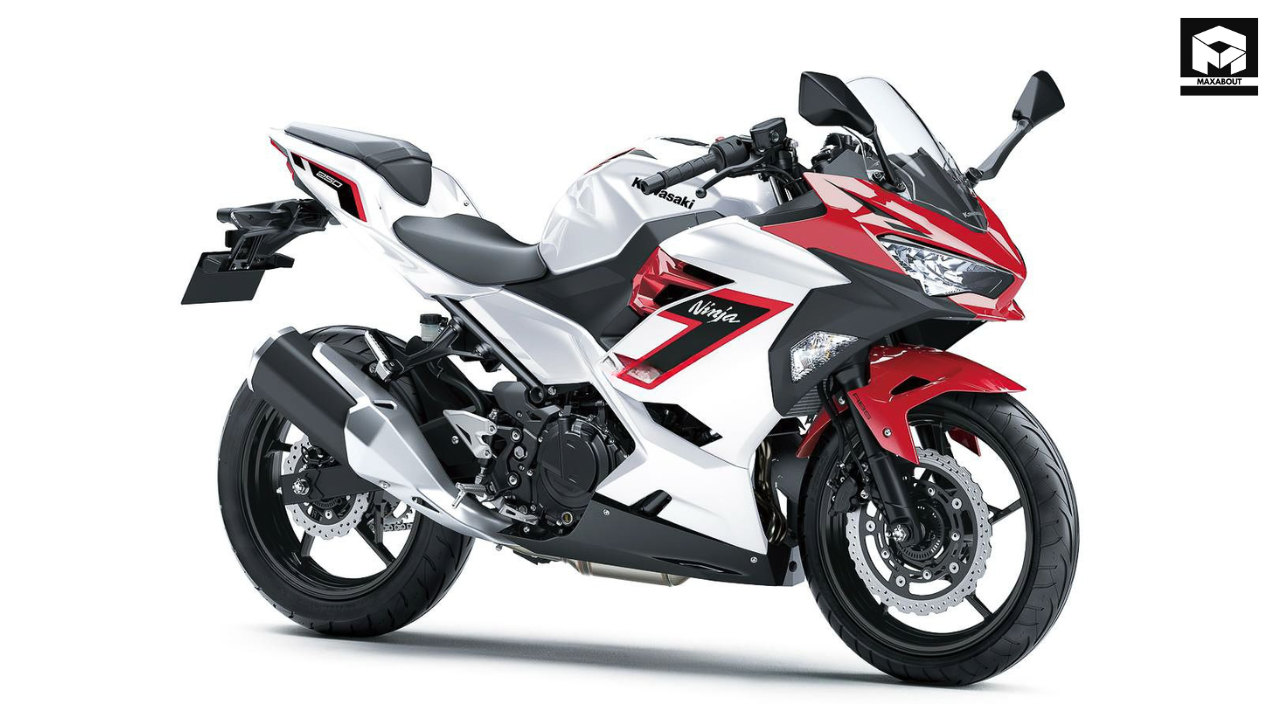
According to the promotional materials, the new paint quality appears to be improved, with a deeper finish and more precise application of graphics. The Z250's minimalist bodywork really allows these colors to shine.
Technical Specifications and Performance
While the 2026 models maintain the same core mechanical platform, Kawasaki has made some refinements to enhance overall performance and riding experience.
Engine and Power Delivery
Both the 2026 Ninja 250 and Z250 continue to utilize Kawasaki's proven 249cc parallel-twin engine. According to the manufacturer specifications:
- Engine Type: 249cc, 4-stroke parallel twin
- Cooling: Liquid-cooled
- Maximum Power: Approximately 39 PS (depending on market)
- Maximum Torque: Around 23 Nm (depending on market)
- Transmission: 6-speed with positive neutral finder
From what I've observed in industry reports, Kawasaki has made subtle refinements to the engine mapping, reportedly improving low to mid-range torque delivery. This would make the bikes more responsive in city riding situations where these motorcycles frequently operate.
Chassis and Handling Updates
The 2026 models retain their core chassis designs with some notable refinements:
- Frame: High-tensile steel perimeter frame
- Front Suspension: 37mm telescopic fork (now with improved damping)
- Rear Suspension: Bottom-Link Uni-Trak with adjustable preload
- Brakes: 290mm front disc with two-piston caliper, 220mm rear disc
- ABS: Available as standard on most market variants
Based on preliminary reports, the suspension settings have been recalibrated to offer better compliance over rough surfaces while maintaining stability in corners. This is particularly important for newer riders who make up a significant portion of the target audience for these motorcycles.
Enhanced Features for 2026
Perhaps the most exciting aspects of the 2026 update are the new features that bring these quarter-liter machines more in line with larger motorcycles.
Updated Instrumentation and Electronics
Both models receive a welcome update to their instrument panels:
- New LCD display with improved visibility and more information
- Gear position indicator now standard
- Fuel economy meter and range estimation
- Smartphone connectivity via Bluetooth (market dependent)
- Rider modes (in some markets): Standard and Eco
The addition of smartphone connectivity represents a significant step forward for these entry-level models, allowing riders to access basic navigation and communication functions through their phones. According to dealer information, this feature will be controlled through Kawasaki's rider app, which continues to be developed with new functionality.
Lighting and Safety Features
The 2026 models benefit from improved lighting technology:
- LED headlights with improved beam pattern
- LED taillight and turn signals
- Enhanced visibility reflectors integrated into bodywork
- ABS now standard in most markets
The upgrade to full LED lighting not only improves the aesthetic appeal but provides tangible safety benefits through improved visibility. According to motorcycle safety research, better lighting can significantly reduce accident risk, especially during dawn and dusk riding.
Market Positioning and Pricing
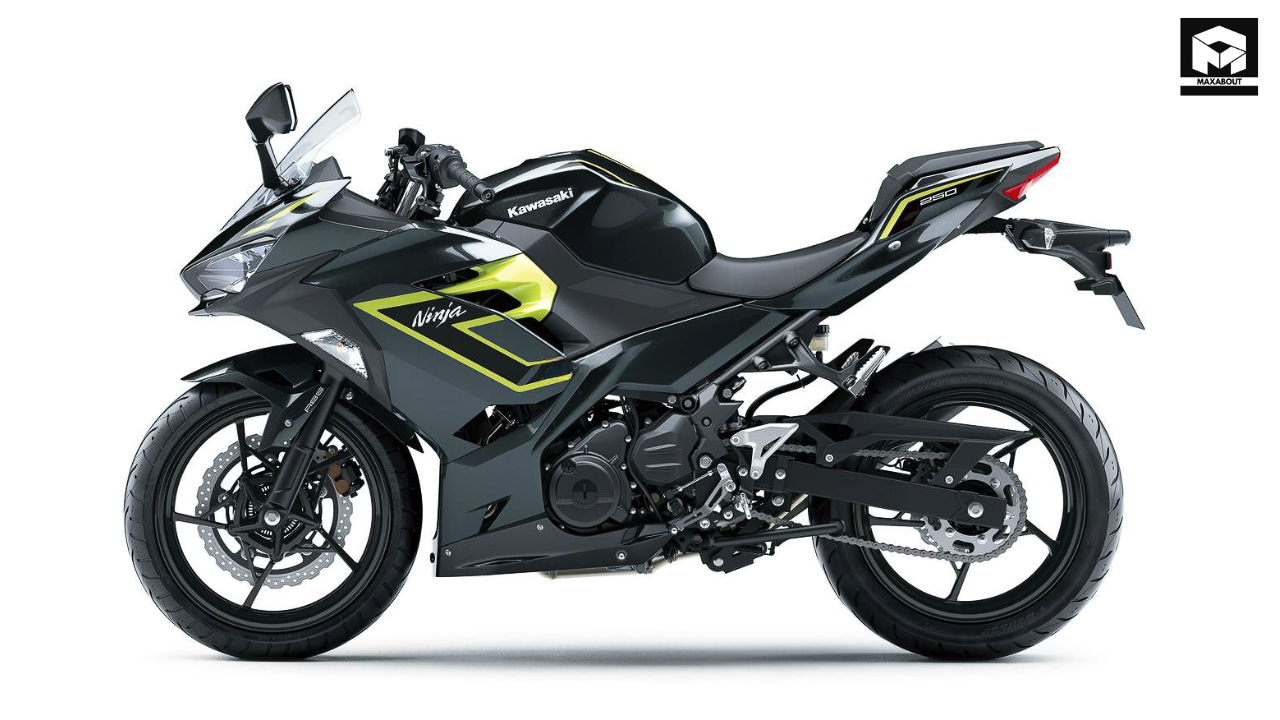
The 2026 Kawasaki Ninja 250 and Z250 continue to target entry-level and commuter segments, but with these updates, they offer even better value.
Competitive Analysis
In the 250cc segment, these Kawasaki models compete against:
- Honda CBR250R and CB250R
- Yamaha R25 and MT-25
- KTM RC 200/250 and Duke 250
- Suzuki GSX250R and Gixxer 250
The Kawasaki offerings generally position themselves as more premium options with better fit and finish compared to some competitors. Industry analysts typically note that Kawasaki's parallel-twin engine offers a more sophisticated character than single-cylinder alternatives in this class.
Expected Pricing
While official pricing will vary by market, industry sources suggest:
- 2026 Ninja 250: Expected to start around $4,999 (US market estimate)
- 2026 Z250: Expected to start around $4,599 (US market estimate)
This represents a modest increase over previous models, justified by the enhanced features and updated styling. As always, final pricing will depend on the specific market and local taxes and duties.
Availability and Release Schedule
According to Kawasaki's announcements, the 2026 models will begin appearing in dealerships according to this schedule:
- Asia-Pacific Markets: Q4 2025
- European Markets: Q1 2026
- North American Markets: Q1 2026
- Other Global Markets: Q2 2026
As is typical with Kawasaki, the initial release will begin in Asian markets where these 250cc motorcycles are particularly popular before rolling out to other regions. Pre-orders are expected to open approximately 2-3 months before availability in each market, according to dealer communications.
Frequently Asked Questions
Will the 2026 Kawasaki Ninja 250 and Z250 be available in all markets?
The availability will vary by region. In some markets, particularly North America and Europe, Kawasaki may prioritize the Ninja 400 and Z400 models instead. Check with your local Kawasaki dealer for market-specific availability.
Does the 2026 model have significant mechanical changes?
No major mechanical overhauls are reported for 2026. The updates focus primarily on colors, features, and refinements to the existing platform rather than fundamental engineering changes.
Is ABS standard on the 2026 models?
In most markets, particularly Europe and developing Asian markets, ABS is now standard equipment. However, some regions may still offer non-ABS variants at a lower price point. Regulatory requirements in each market will ultimately determine ABS availability.
How does the 2026 Ninja 250 compare to the Ninja 400?
The Ninja 250 is positioned as a more accessible entry point with lower power, weight, and cost compared to the Ninja 400. The 400 offers approximately 10 more horsepower and slightly more sophisticated components but at a higher price point. The 250 remains an excellent choice for beginners and those seeking maximum fuel economy.
Conclusion
The 2026 Kawasaki Ninja 250 and Z250 represent thoughtful updates to these popular entry-level motorcycles. While not revolutionary, the refreshed colors and enhanced features should keep these models competitive in the quarter-liter segment.
For new riders or those seeking an economical yet enjoyable commuter, these Kawasaki offerings continue to present a compelling case. The parallel-twin engine provides a nice balance of performance and smoothness, while the updated features bring modern convenience to the package.
As Kawasaki continues to refine its smaller displacement offerings, it's clear that the brand sees significant value in nurturing new riders with accessible yet exciting motorcycles. The 2026 Ninja 250 and Z250 appear poised to continue this tradition admirably.

